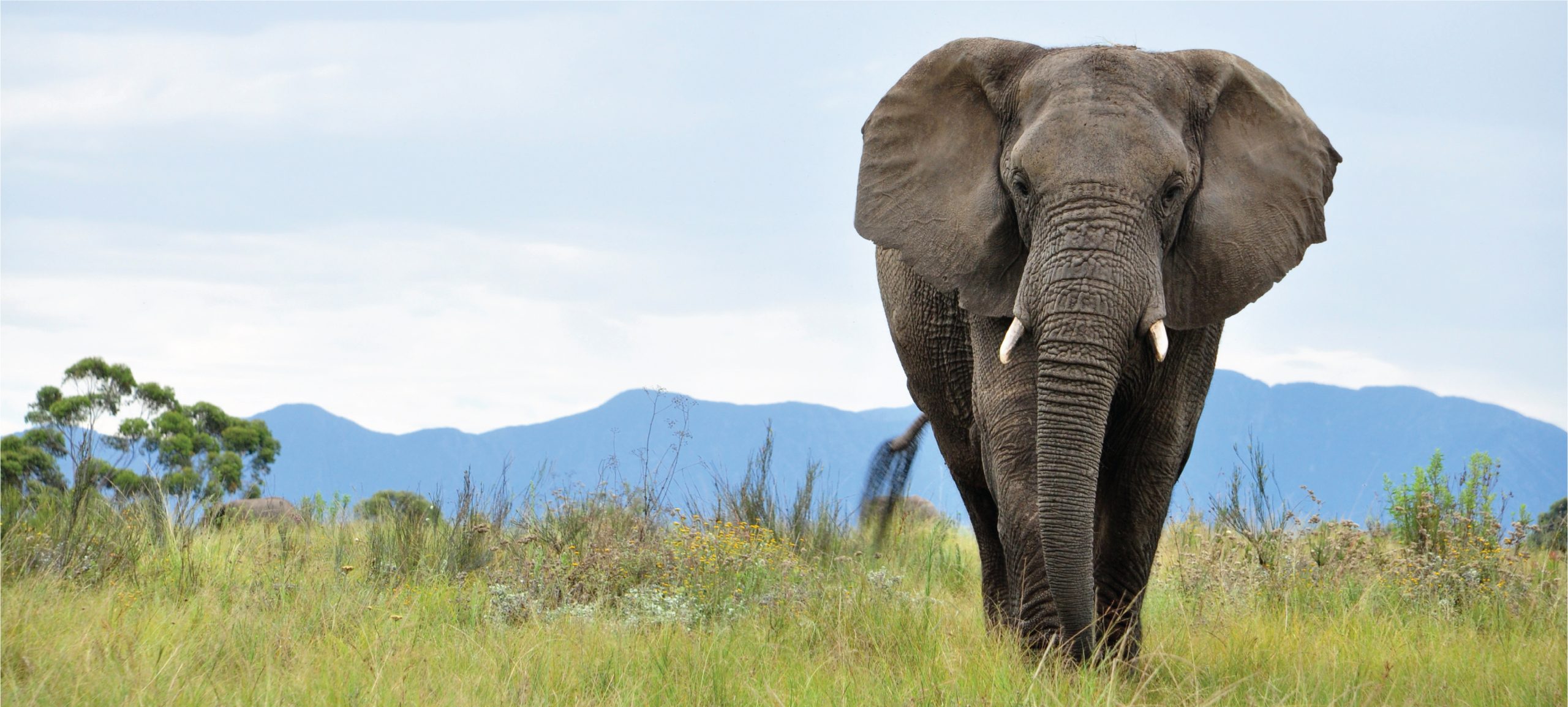-

Merriam’s Ground Squirrel
Discover the fascinating world of Merriam’s Ground Squirrel (*Spermophilus merriami*), a captivating species found in the alpine meadows and grasslands of western North America. This social creature exhibits unique behaviors and intricate burrowing habits while playing a vital role in its ecosystem, contributing to soil health and serving as prey for predators. Learn more about…
-

Columbian Ground Squirrel
Discover the fascinating world of the Columbian Ground Squirrel, a medium-sized rodent native to the mountain regions of western North America. This comprehensive overview explores its habitat, distinctive physical traits, social behavior, and vital role in the ecosystem. Learn about their herbivorous diet, reproductive habits, and conservation status, as well as some intriguing facts about…
-

Uinta Ground Squirrel
Discover the Uinta Ground Squirrel ([Insert Scientific Name]), a medium-sized rodent thriving in the mountainous regions of western North America. Known for their distinctive brown and gray fur, social behavior, and vital role in seed dispersal, these squirrels hibernate in winter and display fascinating adaptations to survive in their high-altitude habitats. Learn more about their…
-

Relict Ground Squirrel
Discover the fascinating world of the **Relict Ground Squirrel**, a vulnerable species native to the **arid regions of central Asia**, including **Kazakhstan** and **northern China**. This **diurnal** rodent plays a critical role in its ecosystem through burrowing and seed dispersal, while also adapting to survive harsh winters. Learn more about its habitat, behavior, and the…
-

Asia Minor Ground Squirrel
Discover the fascinating world of the Asia Minor Ground Squirrel (Spermophilus xanthoprymnus), a medium-sized rodent thriving in Turkey’s arid grasslands. This diurnal creature is known for its intricate burrow systems, herbivorous diet, and intriguing social behaviors. Learn about its habitat, reproduction, and crucial role in the ecosystem while understanding the conservation challenges it faces.
Search
Popular Posts
-
Lygosoma corpulentum
Discover the Lygosoma corpulentum, or fat skink, a robust insectivorous lizard native to Southeast Asia’s moist tropical rainforests and varying habitats. With a stocky body, impressive camouflage, and remarkable adaptability, this ovoviviparous species plays a crucial role in maintaining ecological balance.
-
Lygosoma boehmei
Lygosoma boehmei is a slender, nocturnal insectivore found in humid tropical rainforests and savannas of Southeast Asia, exhibiting a smooth, camouflaging texture and remarkable burrowing abilities. This vulnerable species plays a crucial role in its ecosystem by controlling insect populations and serving as prey for larger predators.
-
Lygosoma bampfyldei
Lygosoma bampfyldei, commonly found in tropical and subtropical regions, is a moderately sized lizard measuring 15 to 25 cm, known for its elongated body and glossy, camouflage coloration. This insectivorous species thrives in moist habitats and plays a vital role in maintaining ecological balance by controlling insect populations.
Categories
Tags
animal adaptations (924) animal behavior (5000) animal reproduction (865) behavior (920) biodiversity (7853) conservation (1670) conservation efforts (1778) conservation status (5748) diet (2104) ecological balance (2087) ecological role (1952) ecosystem (1469) ecosystem role (2901) endangered species (2514) habitat (3280) habitat conservation (1136) Habitat Destruction (1421) habitat loss (3385) herpetology (870) insectivorous reptiles (948) IUCN Red List (1971) lizard behavior (881) lizard diet (944) lizard reproduction (1101) nocturnal animals (2754) nocturnal behavior (2592) nocturnal reptiles (1061) physical characteristics (2058) predator-prey relationships (927) reproduction (2890) reptile behavior (1037) reptile conservation (1348) reptile reproduction (1069) rodent species (1325) seed dispersal (2145) Seed Disperser (979) small mammals (1168) snake behavior (952) snake diet (1061) snake reproduction (1129) tropical forests (948) Vulnerable Species (4926) wildlife (2511) wildlife conservation (5355) wildlife protection (1008)







